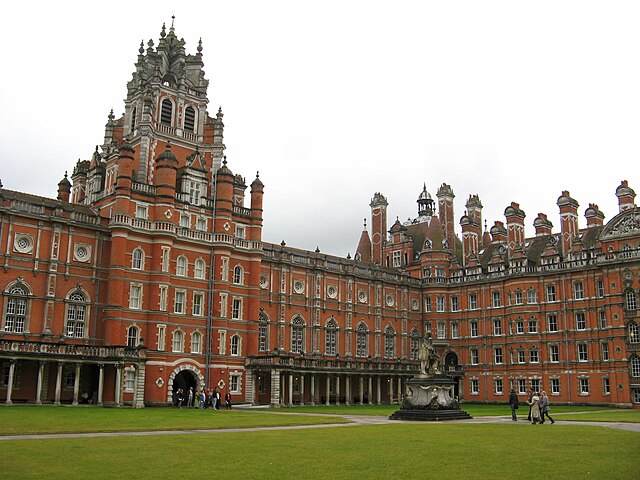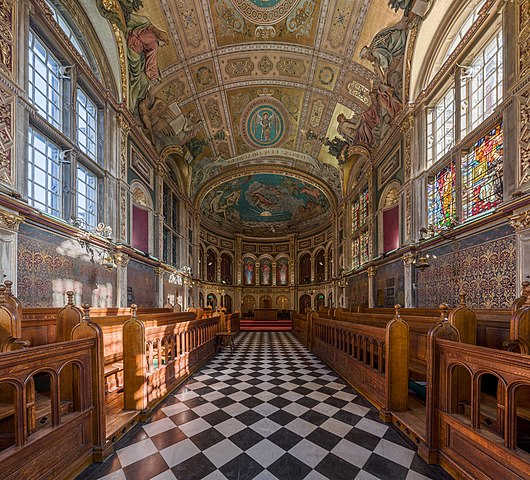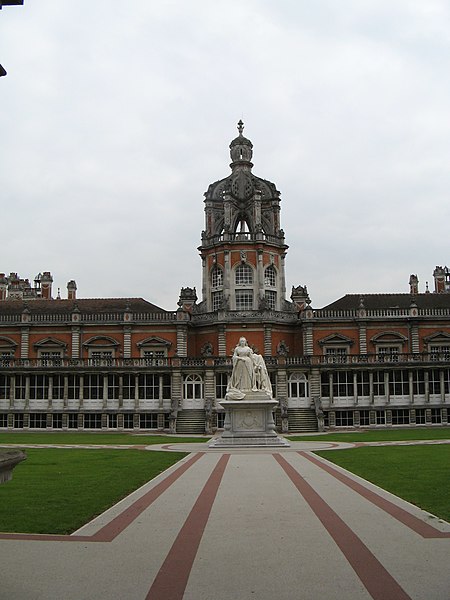
Thammasat University students interested in China, media and communications studies, government, sociology, economics, and related subjects may find it useful to participate in a free 15 March Zoom webinar on The Making of China’s Post Office: Sovereignty, Modernization, and the Connection of a Nation.
The event, on Friday, 15 March 2024 at 4pm Bangkok time, is presented by the Hong Kong Institute for the Humanities and Social Sciences, Hong Kong University (HKU).
The TU Library collection includes several books about different aspects of international postal services.
Students are invited to register at this link:
https://hku.zoom.us/webinar/register/WN_k-7QhOm-Suq94qmhUp6o5A#/registration
For further information or with any questions, please write to
smblai@hku.hk
According to the event webpage:
Abstract
The Making of China’s Post Office traces the origins and early development of the country’s modern postal system. Sweeping in perspective, it goes beyond the bounds of institutional history to explore the political maneuverings, economic imperatives, and societal pressures both inhibiting and driving forward postal development. Although its prime mover was Robert Hart, Inspector General of the Chinese Maritime Customs Service, the wider cast of characters includes foreign and native staff, Qing officials, local administrations, commercial interests, and foreign governments.
The speaker will be Dr. Weipin Tsai, Senior Lecturer in Modern Chinese History at Royal Holloway, University of London, the United Kingdom. Her bio on the event webpage:
Dr. Tsai is an historian of modern China, focusing on the late Qing to the Republican period, an era of dramatic change in China as it was reluctantly forced to open up to foreign trade, ideas and technology. Principal interests are in Chinese modernisation and its engagement in globalisation from the 19th century onwards, in particular the role of the foreign-run Chinese Maritime Customs Service, trade networks, the creation of the Chinese Postal Service, and Chinese print culture in the 19th and the first half of the 20th centuries. Dr. Tsai’s new monograph, The Making of China’s Post Office: Sovereignty, Modernization, and the Connection of a Nation, was published in February 2024.
TU students can access Dr. Tsai’s book through the TU Library Interlibrary Loan (ILL) service.

In 2022, Dr. Tsai published an article, China’s Debut at the Universal Exhibition in Vienna in 1873 and the Forgotten Port Catalogues.
It is an Open Access article, available online. Its abstract follows:
In 1870, China was invited to attend the Universal Exhibition in Vienna, to be held 1873. The responsibility for organising China’s participation fell, eventually, into the hands of Robert Hart, Inspector General of Chinese Maritime Customs Service. Although this was China’s first official participation in this type of international exhibitions, its history has received little attention. An important outcome from this experience was the production of Port Catalogues of the Chinese Maritime Customs’ Collection at the Austro-Hungarian Universal Exhibition, Vienna, 1873. This volume, a collection of reports from fourteen treaty ports, has important scholarly value, and yet it has been generally ignored. In examining its creation in the context of broader colonial information networks, this article seeks to outline the significance of this publication, and the ways in which it illustrates the development and propagation of a knowledge base across a wide array of areas, from natural resource-driven manufacturing to economic botany.
The article notes:
In stark contrast to Japan, the Qing government’s approach towards the 1873 Universal Exhibition was one of relative indifference. In consequence, the model developed for this first participation, with organisation left in the hands of the CMCS, persisted for more than three decades. A substantial body of scholarship has examined the history of international exhibitions in the late Qing period. While some scholars have paid close attention to art and visual display, in order to draw out the difference between Chinese and Western tastes, many have stressed the role played by the CMCS in exhibitions in the period. Among those who examined the role of CMCS in the world exhibitions, some have been positive towards the contributions made by this organisation, others have expressed a view that the displays organised by the CMCS either ignored the interests of Chinese merchants or damaged China’s image. The latter view, prevalent in the early years of the twentieth century, was associated with a growing desire in certain quarters at the time for delegations and exhibition materials to be organised and controlled by native Chinese, reflecting the rise of nationalism. On the whole, very little attention has previously been given to the 1873 exhibition, and while the port catalogues prepared by the CMCS for presentation in Vienna have also had little attention paid to them. Building on this existing scholarship, this article seeks to explore different aspects and reaches somewhat different conclusions. Since the methods and model set up by the CMCS in attending the Vienna Exhibition were to become the template for participation in future exhibitions, it is necessary to examine how this was organised, especially in the absence of an allocated budget from the central government. The article will explore this aspect by using under-studied materials, notably the handwritten correspondence of the CMCS staff directly involved in organising the collections and attending the event. As noted above, another key source is the collection of port catalogues prepared for the exhibition.

The article’s Conclusion:
The exhibition organisers issued 20,000 awards, across a wide variety of categories, including Diplomas of Honour, Medals for Progress, Medals of Merit, Medals for Art, Medals for Taste, Diplomas of Merit, and Medals for Co-operation. China received four Medals for Progress, twentyeight Medals of Merit and eight Diplomas of Merit. Hart was personally acknowledged for his supervision of the collection and his contribution to the trade and commerce of the world: the Port Catalogues volume won the organisers’ highest accolade, with Hart accepting one of only five Diplomas of Honour issued at the end of the closing ceremony. The Chinese Maritime Customs sponsored a large classical concert as part of the promotion of the event, which was highly successful and attracted more than 1,400 guests. This article has uncovered the story behind China’s first official participation in a world exhibition. It revealed that while the Zongli Yamen made a prompt response after receiving the Austrians’ invitation, lack of participation from merchants over an extended period led to Hart eventually taking over the work of organising China’s presence. The article also examined the methods and approaches employed in organising China’s attendance, and the difficulties encountered during the process. As the CMCS was to continue to take charge in organising collections for other large exhibitions until 1905, the experience gained in attending the Vienna Exhibition proved to have a lasting impact. The article also examined the Port Catalogues, not only from its intention and structure to fit the official programme of the Exhibition but also from the perspective of a chain of knowledge which can be traced back to commodity and tariff lists from the late eighteenth century which continued to grow in vogue in the nineteenth century, due to colonial expansion and accompanying scientific enquiry. The article demonstrated that the Port Catalogues was a substantial volume, providing commodity information about economic botany, a subject which was then receiving considerable attention in the context of colonial information networks. The Port Catalogues, without doubt, offers rich information on global trade networks and material culture for the nineteenth century, though it also propagated mistakes from sources it referenced.

(All images courtesy of Wikimedia Commons)
